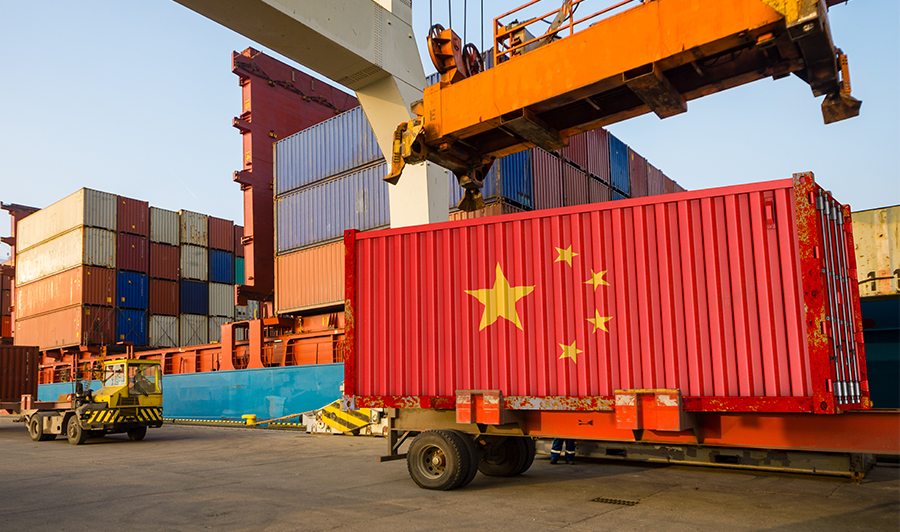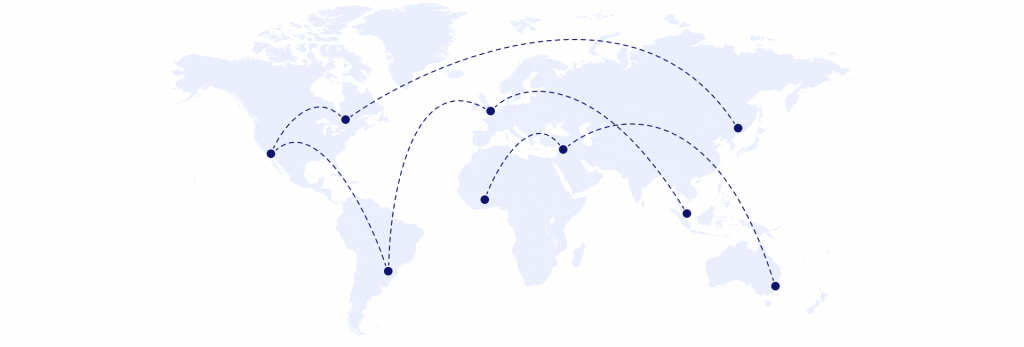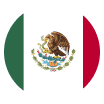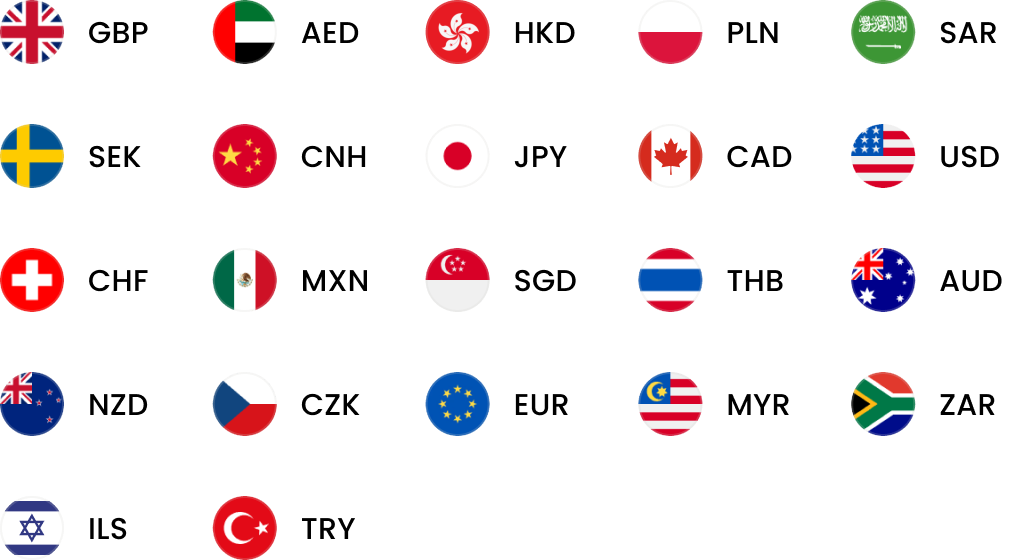How can I start trading with China?
From making payments to understanding currencies, we’ve outlined four key steps to help your business start trading with China.

“I want to begin sourcing products from China, but I don’t know where to start. How do I make sure the supplier I decide upon is reputable and won’t leave me high and dry with poor quality products?”
Online B2B marketplaces and directories that connect Western businesses with the East, like Alibaba, are a good place to start. It’s worth conducting due diligence from the comfort of your desk in the UK as “trusted” status on some marketplaces can be “purchased” for the price of a fixed subscription fee, so it isn’t necessarily indicative of the past or future performance of the supplier. To help, Alibaba has a Trade Assurance scheme to protect your order if you’ve paid through Alibaba.com.
Once you’ve done your initial marketplace research (and perhaps even ordered a few samples), the next step is to reach out to your peer network to see if there are any suppliers they’ve done business with that they would personally recommend.
Unfortunately, many online sellers’ competitive advantages lie in their supplier network, so asking them to divulge their secrets might not land you with the word of mouth recommendations you were hoping for, but it doesn’t hurt to ask. Finally, a trip to the Canton Fair or visiting select manufacturers and warehouses on the ground in China (perhaps those that you originally found on online B2B marketplaces) is the most sure-fire way to establish productive working relationships and build trust on both sides.
Exporting was probably summed up best by Will Butler Adams, CEO of Brompton Bikes. He told us businesses just need to “Get out there, have a laugh, meet some funny people, eat weird food, drink funny whisky. Exporting is a good laugh. It’s a such a no-brainer.”
In short, there are no guaranteed cheap and/or quick ways to find a supplier in China – there are very few shortcuts that don’t result in lots of trial and error for online sellers.
- Open 20+ local currency accounts and get paid like a local
- Pay suppliers, partners and staff worldwide in 100+ currencies
- Collect payments for free from 130+ marketplaces and payment gateways, including Amazon, Etsy, PayPal and Shopify
- Save with competitive exchange rates on currency conversions and transfers
- Lock in exchange rates for up to 24 months for cash flow certainty
I want to pay my Chinese supplier in CNY, can you help?
Yes, WorldFirst can reach banks anywhere in China, so you can use a World Account to pay your Chinese suppliers in CNY. Our fast and secure payments make it easy to pay your overseas suppliers.
Where can I sell my products in China?
TMall, JD.com and Kaola are all popular marketplaces that cater to the domestic Chinese market. Alongside those, a rise in social media platforms offering e-commerce capabilities and features, such as WeChat Shops, allows huge audiences to seamlessly purchase products without having to leave the social media site, a boon for a country almost surgically attached to their smartphones. And if your brand can handle the lower exposure, launching your own standalone e-commerce site could offer you more ownership over the customer experience (and cut out commission costs per sale), providing you get the UX right and can handle longer loading speeds that turn off local shoppers used to snappy domestically-hosted websites.
What is the difference between CNH and CNY?
Currency in China can be confusing. Some call it RMB, short for renminbi, which is the equivalent of calling the pound ‘sterling’, while you may also hear people refer to it as the ‘yuan’.


The opportunities in Malaysia when expanding your business globally
Explore business opportunities and manage costs effectively in Malaysia with this guide for European businesses.
Dec / 2024
Poland’s tech hubs that are driving business innovation and growth
Discover how Warsaw and Krakow are driving business growth in Poland. Learn about their innovative tech scenes and opportunities for expansion.
Dec / 2024
How Poland’s stable economy lets businesses thrive
Poland’s resilient economy and pro-business policies make it an ideal destination for businesses looking to grow.
Dec / 2024WorldFirst articles cover strategies to mitigate risk, the latest FX insights, steps towards global expansion and key industry trends. Choose a category, product or service below to find out more.
- Almost 1,000,000 businesses have sent USD$300B around the world with WorldFirst and its partner brands since 2004
- Your money is safeguarded with leading financial institutions


































































